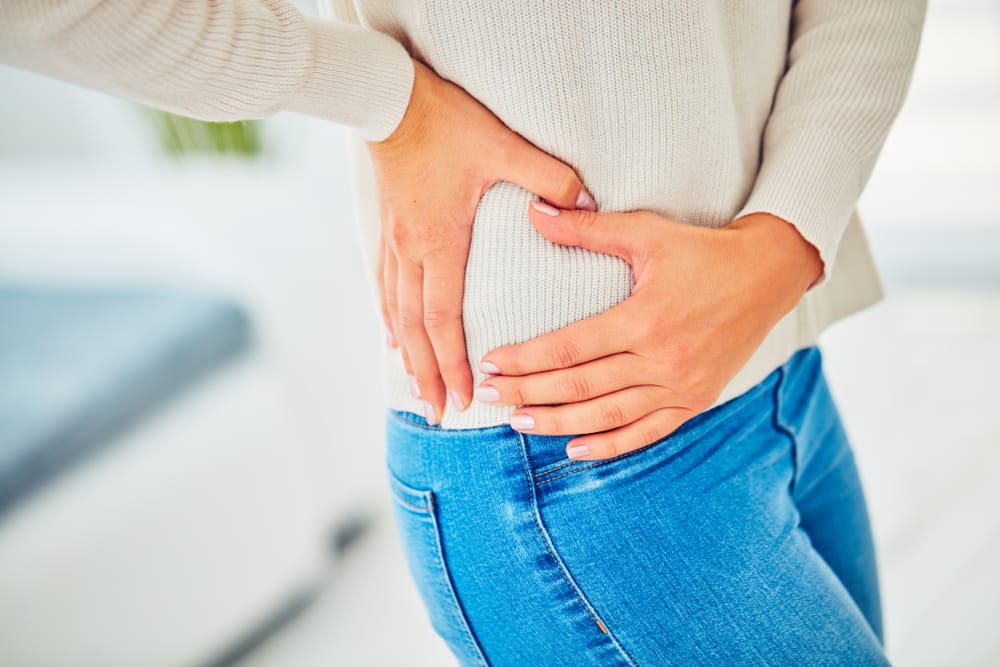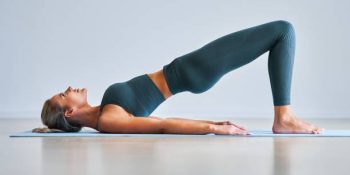
Hip Bursitis – What is it and how can I manage it better?
August 5, 2022
Hip Bursitis occurs when a Bursa in the hip becomes inflamed. Bursa are fluid filled sacs which act as a cushion to reduce friction around joints. There are certain joints in the body which are more prone to bursitis such as the hip, shoulder, knee and elbow. This is because they are more likely to engage in repetitive actions and place the limbs in positions which increase pressure on the joint, and therefore the Bursae. A Bursa can also become inflamed due to injury or underlying conditions like Rheumatoid arthritis.
There are numerous Bursae located around the hip. However the one which accounts for the most cases of hip bursitis is the Trochanteric Bursa which is located at the top of the thigh bone (femur), on a bony knob known as the Greater trochanter. When the Trochanteric bursa becomes inflamed you may develop pain along the outside of the hip which can radiate to the buttock, lower back, and groin. Certain activities like walking, climbing stairs, standing out of chairs, and laying down on one’s side may become painful to participate in.
Women appear to be more susceptible to hip bursitis than men, however there are numerous risk factors such as being overweight/obese, muscle weakness around the hips and trunk, having a history of injury or trauma to the hip joint, overusing the muscles around the hip, or underlying inflammatory conditions.
There are ways to help manage the symptoms of hip bursitis. Given that it occurs due to inflammation, pain can be minimised by reducing the strain and pressure placed on the bursa. A great tip to remember is to try and avoid bringing the legs close to or past the midline of the body. When the legs come towards the midline of the body, tension is increased through the muscles on the outside of the hip, placing additional pressure on the bursa. Utilising strategies like placing a pillow between the knees when lying down, and maintaining proper posture when standing and sitting, will help reduce pressure on the hip bursae.
Once the inflammation has reduced, participating in physical therapy is essential in preventing the bursitis from returning long term. Having limited range of motion in the hip and weakness in surrounding muscles can result in the development of asymmetries between each side of the body. Having significant differences between each side of the body can result in changes to the way you stand, walk and lay. These changes in the way you move can result in additional stress being placed on the hip joint, therefore increasing the risk of hip bursitis returning.
Hip bursitis can become chronic if the underlying issue is not addressed, if you or anyone you know is experiencing bursitis and requires some assistance, please feel free to contact us on (02) 4707 7671.
Other News
Why Runners should do Pilates
Why runners should do Pilates? Simple, it will make you a better run...
June 23, 2023
Managing POTS through exercise
Struggling with exercise since being diagnosed with POTS? This one’s for ...
April 24, 2023
Exercise in Stroke Rehabilitation!
Strokes occur when blood supply to your brain is stopped. This can be tempo...
March 10, 2023







